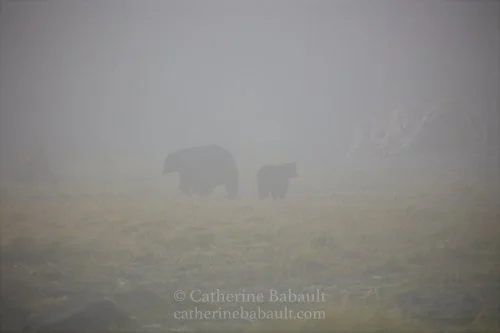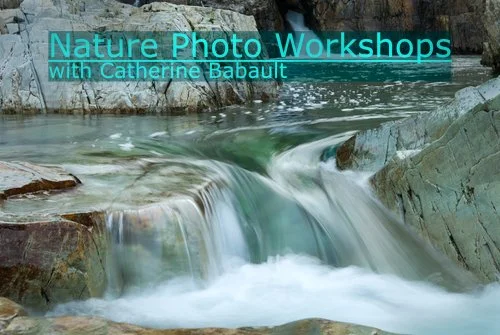A polarizing filter is used to reduce reflections and glare from surfaces such as water or glass. Reflections are almost everywhere in nature: light bouncing off wet leaves or rocks surrounding waterfalls. In addition, a polarizing filter increases colour saturation, darken skies and reduces atmospheric haze.
The disadvantage of a polarizing filter is the loss of light that comes through your lens. I recommend a high quality circular polarizing filter to reduce the loss of light between 1 and 1.5 stop. You can compensate that loss by reducing the shutter speed, using a bigger aperture or increasing the ISO. Make sure that both your lens and polarizing filter are clean and free of dust.
These photos demonstrate what a polarizing filter can do when the light bounces off the surface of wet leaves. Note that I used a telephoto lens to isolate my subject and a short depth of field to blur the background.

































